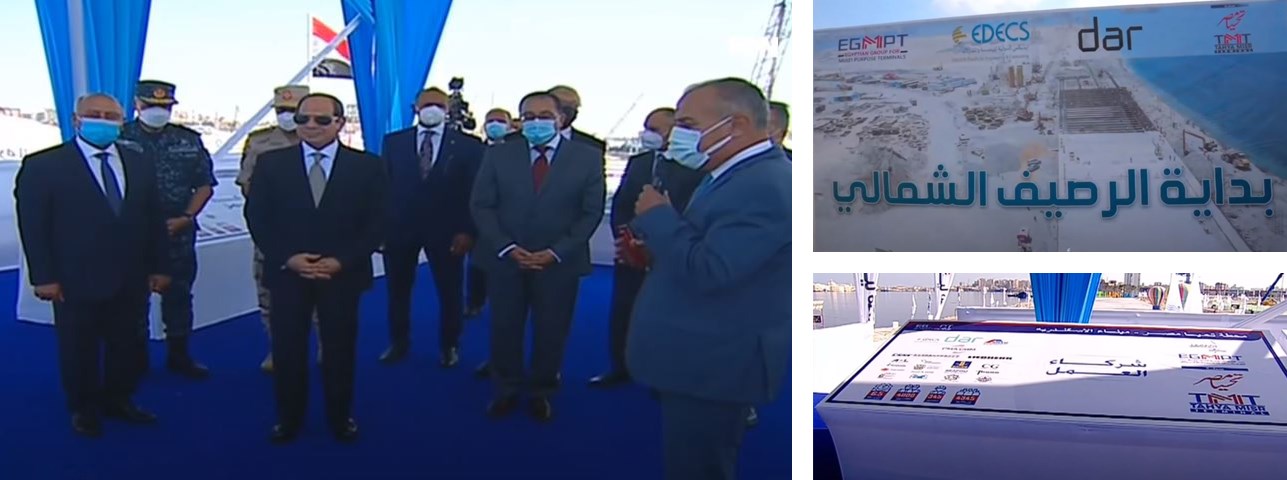
Location
Alexandria, Egypt, Africa
Overview
The Tahya Masr Multipurpose Terminal is an upcoming terminal that will play a vital role in transforming the Alexandria Port into a regional and global hub for trade and logistics. With capacity for over two million tons of goods a year, the terminal is expected to boost the port’s annual revenues by $50 million, shorten waiting times for ships docking at the port, create investment opportunities, and establish 4,500 direct and indirect job opportunities. Moreover, the terminal will play a vital role in Egypt’s modern transport sector, as a key linking chain in the upcoming $4.45 billion high-speed electric rail line, which will link the Red Sea Port of Ain Sokhna to the Mediterranean Ports of Alexandria and Marsa Matrouh. The terminal will also supply the upcoming dry port in the 6th of October Industrial City as well as the logistics centre associated with the Alexandria Port.
Services
Markets
The legacy
Dar is providing design, project management, and supervision of construction services for the Tahya Masr Multipurpose Terminal. At its core, the project consists of expanding the Alexandria Port through the construction of new quay walls, designed to form the multipurpose terminal which comprises both container and non-container berths.
The site works comprised reclaiming (marine fill) the bund around the construction site and the terminal zone, improving the soft soil below the bund and the terminal zone through vertical drains, constructing the vertical elements of the quay wall and the deck, improving the reclaimed soil with vibro-compaction and rapid impact compaction to reach the suitable bearing capacity, and dredging to the required depth in front of the quay wall.
Dar’s design scope comprised designing the quay wall including the vertical elements (deep foundations) such as diaphragm walls, piles, and barrettes; the deck elements and associated ancillary, miscellaneous, and berthing facilities; the electrical and telecommunication infrastructure networks serving the new terminal; the sewage pumping station; the electrical substations and generator plant; the water supply and firefighting reservoirs with the corresponding pump room; the wet utility networks (considering the existing utilities and required corresponding connections); new access from the existing road to the new port; the internal roads; and off-road parking.
